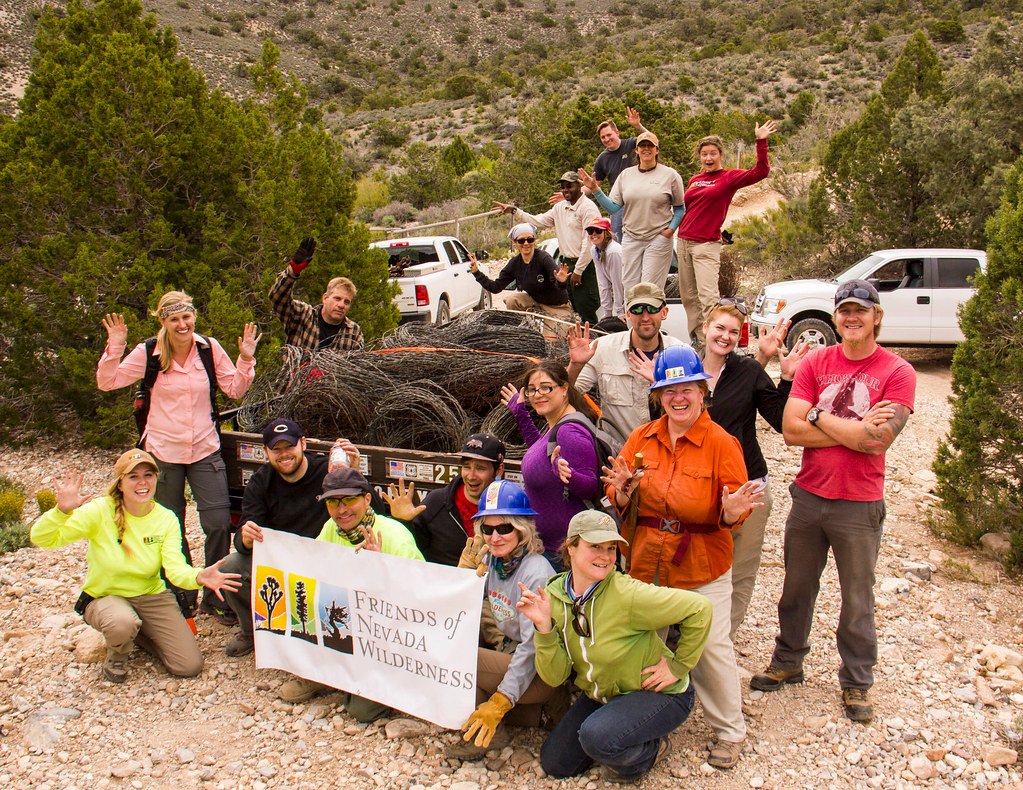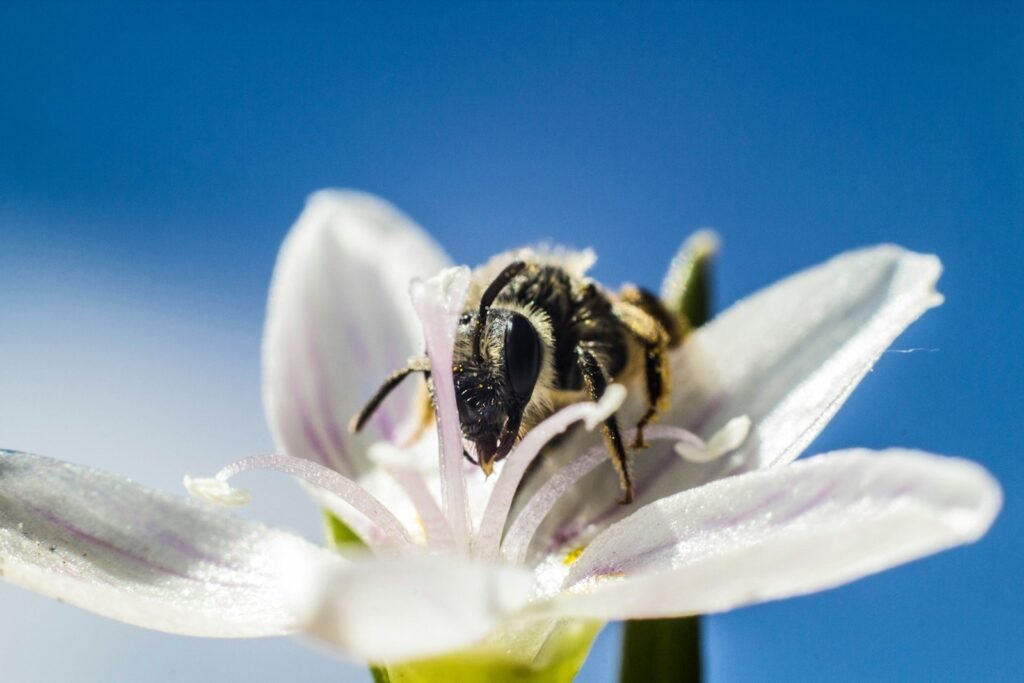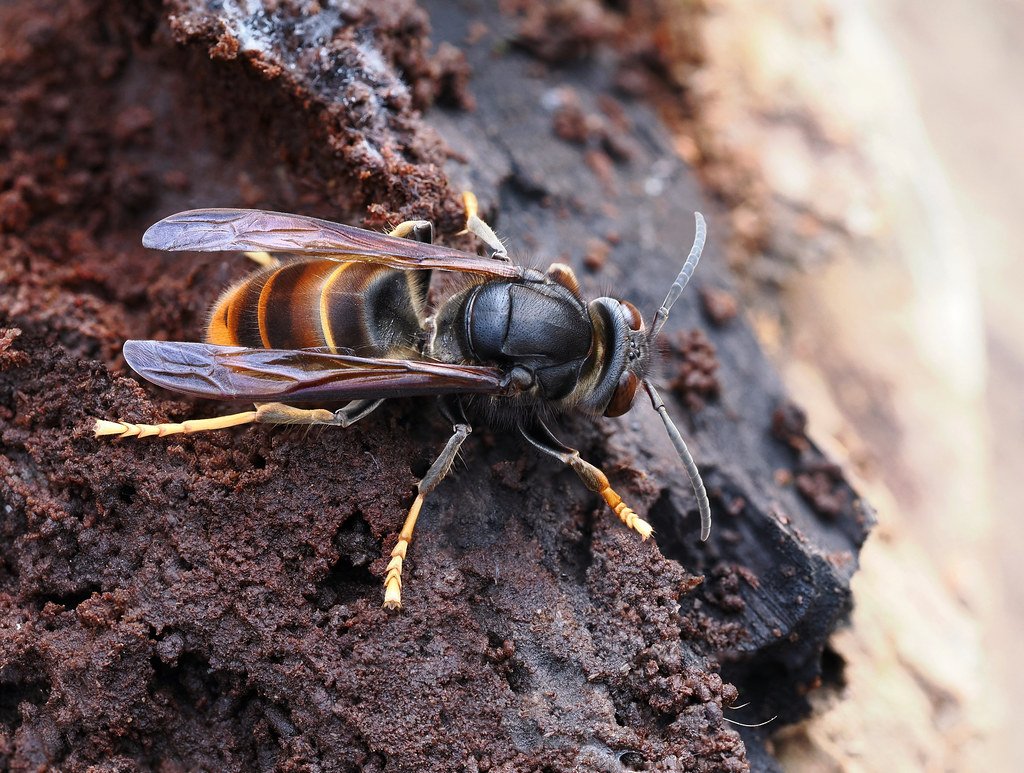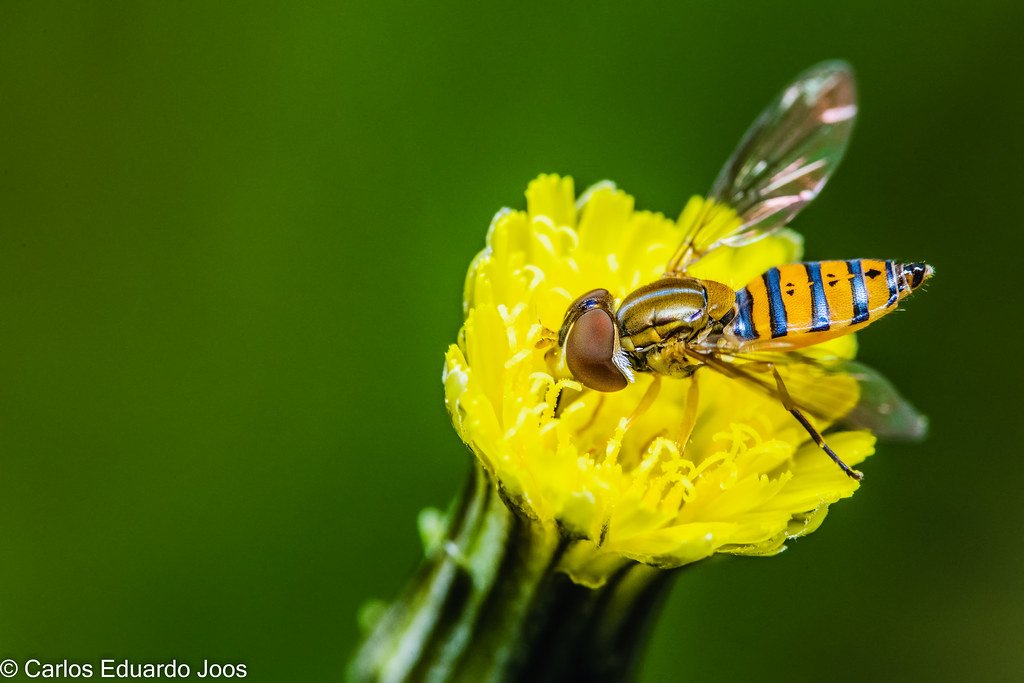The term “murder hornet” once struck fear into the hearts of beekeepers, farmers, and nature lovers across the Pacific Northwest. These massive, aggressive insects seemed like a nightmare scenario – buzzing invaders capable of wiping out entire bee colonies in hours. But as we step into 2025, the question on everyone’s mind isn’t whether they’re dangerous, but whether we should still be concerned about them at all.
The Official Eradication Victory

After three consecutive years without confirmed detections, the Washington State Department of Agriculture (WSDA) and the United States Department of Agriculture (USDA) officially declared the northern giant hornet eradicated from Washington state and the entire country in December 2024. This announcement marked a rare success story in the fight against invasive species. “It is a rare day when the humans actually get to win one against the insects,” said Sven Spichiger, Washington State Department of Agriculture pest program manager. For scientists who’ve spent careers battling invasive pests, this victory felt almost surreal. The official eradication required meeting strict federal guidelines – no confirmed detections for three consecutive years. From 2022 through 2024, no hornets were detected. After years of intensive monitoring, trapping, and public vigilance, the nightmare scenario many feared had been contained before it could spread.
The Original Threat That Captured Headlines

In December 2019, WSDA received and verified two reports of the hornet near Blaine – these were the first-ever sightings in the United States. The discovery sent shockwaves through agricultural communities and captured international media attention during the early days of the COVID-19 pandemic. These weren’t your average backyard wasps. The stinging Vespa mandarinia can grow as large as 2-1/2 inches (6.4 cm) in length and is native to Southeast Asia, China and Taiwan. Think about that for a moment – a flying insect nearly the size of your thumb, equipped with a stinger that could penetrate most protective clothing. In 2013, more than 40 people were killed and over 1,000 were injured in China by the insects. The media frenzy wasn’t entirely unjustified – these hornets posed real dangers to both humans and ecosystems.
Why They Called Them “Murder Hornets”

The dramatic nickname wasn’t just sensationalist media hype. A few hornets can destroy a hive in a matter of hours, entering a “slaughter phase” where they kill entire hives by decapitating the bees, then defending the hive as their own, taking the brood to feed their own young. Picture this gruesome scene: a small group of hornets systematically beheading thousands of bees, transforming a thriving hive into their own nursery within hours. They can kill an entire hive in as little as 90 minutes by decapitating the bees. The efficiency was terrifying to witness. For beekeepers who dedicate their lives to nurturing these essential pollinators, watching hornets obliterate colonies felt like watching a natural disaster unfold in fast-forward. The name change from “Asian giant hornet” to “northern giant hornet” came partly to avoid anti-Asian sentiments, but the “murder” part stuck because of their devastating hunting behavior.
The Science Behind Their Devastating Impact

Northern giant hornets can wipe out a honey bee hive in as little as 90 minutes, decapitating the bees and then defending the hive as their own, delivering nearly seven times the amount of venom as a honey bee, and stinging multiple times. Their hunting strategy is methodical and ruthless. When the first foraging wasps mature and emerge from the nests, usually around July, scouts head out to locate hives and mark them with pheromones, with other wasps following the scent trail to attack the hives – a group of a dozen to 20 hornets can destroy a beehive in an hour. It’s like a coordinated military operation. The hornets don’t just kill randomly; they systematically dismantle bee societies with terrifying precision. The stinger on this insect is six millimeters long and will go readily through most clothes. Even beekeepers’ protective suits offered little defense against these aerial predators. Their sheer size and aggressive nature made them unlike any threat North American ecosystems had faced before.
How Scientists Tracked Down Every Last Nest

The eradication effort reads like something out of a spy thriller. Teams captured one of the 2-inch hornets, attached a small tag to the insect, and tracked it back to its nest by listening to radio transmitter beeps. Imagine scientists tiptoeing through forests, following the faint electronic signals from a device smaller than a grain of rice glued to a giant hornet’s back. By the end of 2021, WSDA located and eradicated four northern giant hornet nests in Whatcom County, all inside alder tree cavities. Each nest discovery felt like defusing a biological time bomb. Between 2020 and 2021, four nests were spotted inside tree hollows in Washington, which was distinctive, as the hornets tend to nest in the ground – Spichiger theorized that nesting in trees could have been a trait of the specific hornets that turned up in Washington or a response to flooding at the time they were around. This unusual nesting behavior actually helped scientists locate them more easily than expected.
The Power of Community Involvement

Over half of the confirmed detections came from the public, according to Spichiger. This wasn’t just a government operation – it became a grassroots community effort that brought neighbors together around a common cause. “If the entire community hadn’t stood up and taken action, there is a real good chance that we would just all be living with the northern giant hornet,” Spichiger said. Picture weekend warriors setting traps in their backyards, beekeepers sharing photos on social media, and hikers reporting unusual insects they spotted on trails. About 800 traps for the hornet were being removed as state officials completed their annual pest survey season, with other agencies and community groups setting an additional 200 traps in Whatcom County, near the Canadian border. The collective vigilance created a surveillance network that no government agency could have achieved alone. Citizens became citizen scientists, transforming a potential ecological disaster into a community success story.
Genetic Detective Work Reveals Multiple Invasions

Despite these detections occurring around the same time and location, DNA evidence suggests the hornets found in Washington originated from South Korea while the ones in British Columbia originated in Japan. This genetic detective work revealed something crucial – multiple, separate introductions were happening simultaneously. Scientists weren’t dealing with one invasion spreading naturally; they were confronting what appeared to be repeated, independent arrivals from different parts of Asia. Since 2019, an international team including researchers from Purdue University, WSDA and USDA-APHIS has been hard at work collecting and sequencing genetic data for NGH samples collected in the Pacific Northwest and across the species’ native range, with the team now publishing a paper in Nature Scientific Reports analyzing the data. The research helped scientists understand that quick action was essential because multiple populations could establish themselves if left unchecked. This wasn’t just one isolated incident – it was a pattern that required immediate, comprehensive response.
The New Hornet Threat in Georgia

While Washington celebrated victory, a different hornet species was quietly establishing itself thousands of miles away. On Tuesday, August 15, 2023, Georgia Commissioner of Agriculture Tyler Harper announced the first detection of the yellow-legged hornet (YLH), Vespa velutina, in North America – this is the first detection of live yellow-legged hornets in the open United States. In early August, a beekeeper in Savannah, Georgia, found an unusual hornet on his property and reported it to the GDA, with CAES experts identifying the insect as a yellow-legged hornet, a finding confirmed by the USDA’s Animal and Plant Health Inspection Service (APHIS). This discovery proved that the hornet threat hadn’t disappeared – it had simply shifted locations and species. Since last year, nine yellow-legged hornet nests have been destroyed; in 2024, twenty-one queens have also been found. Unlike the Washington situation, this invasion appears to be gaining momentum rather than declining.
Yellow-Legged Hornets vs Murder Hornets

While the public may equate the discovery of the yellow-legged hornet in Georgia with the discovery of the northern giant hornet in Washington state in 2020, this is not the same hornet – there have been no sightings of the species dubbed the “murder hornet” confirmed by the USDA since 2021. The differences are significant. Adults are about 2 cm long, compared to the northern giant hornet’s 2.5 inches. Their nickname is the ‘bee hawk’ for good reason – they’re very agile and can swoop down and capture honeybees in the air and from the front of their hives, and in this manner, a few individuals can depopulate an apiary over a matter of days. While smaller than their northern cousins, yellow-legged hornets are arguably more dangerous to bee populations because of their hunting agility. Nests can be large and contain up to 6,000 workers, feeding on a variety of insects, including honeybees – if allowed to establish in the United States, these invasive pests could threaten populations of domestic and feral honey bees and other native pollinators.
Economic Stakes in the Pollination Crisis

The economic implications extend far beyond individual beekeepers. For the 2024 almond bloom, roughly 1.4 million almond acres required an estimated 2.7 million honeybee colonies for pollination. California’s almond industry alone depends on massive pollination services that invasive hornets could devastate. Harper said the hornets threaten Georgia’s top industry by eating pollinators like the honeybee, which could lead to billions of dollars in losses if the invasive insect thrives. “Really if you think about some of Georgia’s most iconic crops, whether it’s Georgia peaches, south Georgia watermelons, blueberries, all of those crops require pollination to be successful – if these hornets are allowed to establish, it could potentially threaten those industries and the livelihoods of our farmers,” officials warn. By predating honey bees, the invasive Yellow-legged hornet increases the mortality risk of European bee colonies, with scientists developing analytic processes to spatially assess the ecological and economic impacts on honey bees and beekeeping, estimating the hornet-related risk of bee colony mortality and the economic cost of colony loss for beekeepers.
Broader Ecological Disruption Beyond Honeybees

The honey bee Apis mellifera was the most abundant species found in all sampled nests, but notably, 43 of the 50 most commonly predated invertebrates were also flower visitors, including 4 common bumblebee species, indicating potentially substantial risks to wild pollinators. This research reveals the full scope of ecological damage these invasives can cause. The invasive hornet Vespa velutina nigrithorax is considered a proliferating threat to pollinators in Europe and Asia, with effects upon other pollinator populations remaining poorly understood beyond the well-documented impact on managed honey bees. Results indicate that V. velutina is a highly flexible predator, enabling its continued range expansion capacity, with analyses detecting 1449 taxa and considerable spatiotemporal variation in dietary composition – Hymenoptera, Diptera, Hemiptera, Coleoptera, Lepidoptera, and Araneae were the most frequently occurring orders predated. These hornets aren’t picky eaters; they’re ecosystem disruptors targeting the entire web of pollinating insects that keeps our natural world functioning.
Why Some Invasive Hornets Succeed While Others Fail

Hornets often become established in areas they are not native to, where they tend to be very successful as invasive species, causing major ecological and economic damage by preying on important pollinators, such as honeybees, wild bees, and hoverflies. The success factors are complex and somewhat mysterious. By analyzing the differences among the genomes of three species, experts identified genes which have been rapidly evolving since the species differentiated themselves from other wasp species that are particularly related to communication and olfaction – “We were excited to find evidence of rapid genome evolution in these hornet genomes, compared to other social insects.” The northern giant hornets in Washington failed to establish, while yellow-legged hornets in Georgia seem to be gaining ground. Climate, available prey, human detection efforts, and pure chance all play roles in determining which invasions succeed. Understanding these factors could help predict and prevent future hornet invasions across North America.
Current Monitoring and Prevention Efforts

“Although they are now eradicated from the state, we’ll always be keeping an eye out for them and encourage community members to do the same – they got here once and they could do it again,” Spichiger warned. The Washington eradication doesn’t mean the threat has permanently disappeared. WSDA will conduct trapping in the area in 2025 as a precautionary measure, with the department continuing trapping in this area as a precaution until 2025. Meanwhile, Georgia is ramping up its response. The Georgia Department of Agriculture is increasing staff and the number of traps – last year, there were about 170 traps deployed to catch the hornets, but this year there will be more than 1,000. There is also new technology to track and eradicate the hornets, including trackers that are smaller than the ones used last year, as well as frequency scanners that can detect the unique sound the hornet’s wings make when it flies.
The Ongoing Yellow-Legged Hornet Expansion

So far, yellow-legged hornets have been found in Georgia, and one adult was confirmed in South Carolina – it would be ideal to eliminate the yellow-legged hornet population before it spreads further. The spread to South Carolina suggests that containment efforts may be facing the same challenges that initially allowed these hornets to establish in Georgia. Today it is found as far north as Finland and England and throughout much of western Europe where it was first detected in France in 2004, with the invasion front appearing to be more rapid in regions receiving comparatively higher precipitation during the driest months of the year. European experience shows these hornets can adapt to diverse climates and spread rapidly once established. The current focus for newer invasive insects throughout Washington, funded by the legislature though 2025, includes northern giant hornets, spongy moths, Japanese beetles and spotted lanternflies – the lanternflies have not yet been seen in Washington, while Japanese beetles are established in Yakima County. The Pacific Northwest faces multiple invasive species threats simultaneously.
Lessons Learned From the Washington Success

The Washington eradication offers a blueprint for future invasive species responses. Eradication efforts, which began in 2019, involved collaboration between state, federal, and international government agencies as well as support from community members. Early detection, rapid response, and community engagement proved essential. For invasive pests, whether plants, insects or viruses, an early and coordinated response is the best chance at elimination – failing that we are likely stuck with long-term management to minimize harm, with the Washington State Department of Agriculture considering an invasive species eliminated after three years without a sighting. When the northern giant hornet tracking campaign began in 2020, WSDA




